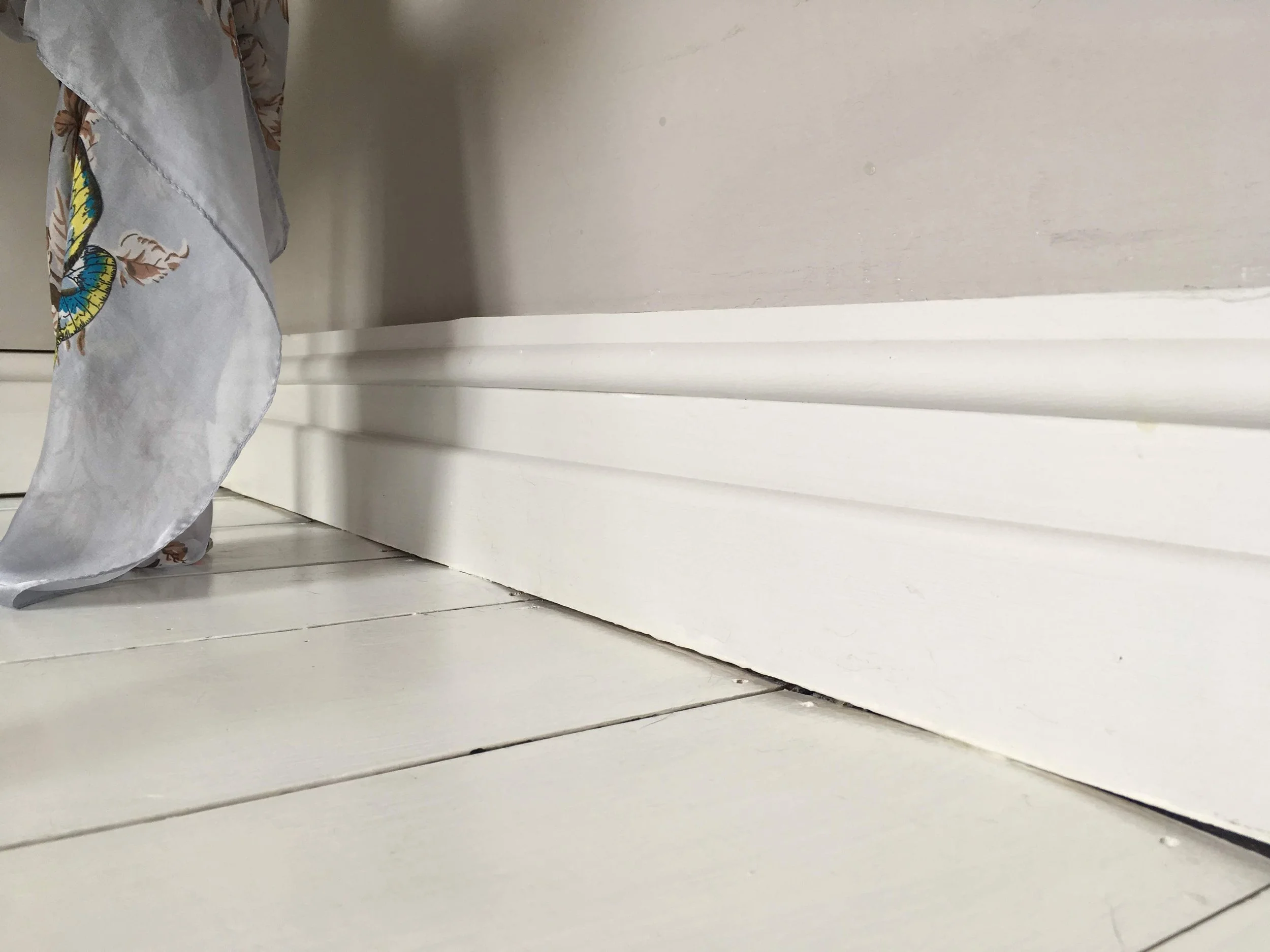SKIRTING BOARD HEATING: IS THE HYPE WORTH IT?
What is Skirting Board Heating?
This system replaces standard radiators with heated skirting boards that run along the base of your walls.
If you’ve been scrolling interiors or talking to trades, you’ve probably come across skirting board heating.
The idea sounds great on paper:
Heating built into your skirting boards, freeing up wall space and delivering “invisible” comfort.
But here’s the thing—when you’re flipping for profit, not every clever product makes financial sense.
So let’s break it down.
What is Skirting Board Heating?
This system replaces standard radiators with heated skirting boards that run along the base of your walls. It’s been around since the early 2000s and is often used in high-end or design-sensitive projects.
But when you’re flipping? You have to ask a different question:
Does it add value, or just cost more?
What You Need to Know
1. Lower Heat Output
Great for small, well-insulated rooms.
Not ideal for bigger spaces where you need more heating power.
2. Installation Is Not Simple
You’re not just clipping on new skirting.
You’ll likely need to retrofit plumbing, coordinate with flooring, and bring in specialist trades.
That means more labour, more cost.
3. It Dictates Your Layout
These systems run along your walls.
Put a big sofa or cabinet in the wrong spot, and you block the heat.
That limits furniture placement, especially in compact layouts.
4. Efficiency Isn’t Always Better
While heat is spread evenly, the system may need to run hotter to get the same result as a traditional radiator.
So, energy bills don’t always drop.
5. Maintenance Can Be a Hassle
Accessing the system usually means removing the skirting board.
Not exactly a quick fix if something goes wrong mid-renovation.
6. Limited Installer Base
Fewer fitters means higher day rates and longer lead times.
This isn’t a plug-and-play option.
7. Risk of Heat Loss in Poorly Insulated Walls
If the external walls aren’t well insulated, a lot of your heat could just escape outside.
That’s money wasted.
Flooring Considerations
Skirting heating can work with most floor types,but not all equally.
Tiles and stone work well (they conduct heat).
Hardwood/laminate are fine with proper installation.
Carpet and thick rugs can trap heat, avoid if possible.
Vinyl/linoleum: Some cheaper types can warp under heat.
So if your flooring is already chosen,or existing,t might limit whether this system is suitable.
Let’s Talk Numbers
Even though you’re combining two elements (skirting + radiator), and saving on wall prep, it still ends up costing about 10% more than a traditional setup.
And in a flip, that 10% needs to come back to you—ideally with interest.
So, When Does It Make Sense?
Skirting board heating might be worth considering in:
Listed buildings (where radiators can’t be mounted)
Design-led flips targeting high-end buyers
Heritage projects where visual disruption is a concern
But for most flips, it’s just not the best use of the budget.
It doesn’t speed up your sale.
It doesn’t increase buyer connection.
It doesn’t make your renovation more profitable.
And that’s the lens we flip through.
Final Word
If you’re flipping for emotional connection and profit, not just clever tech, stick to systems that are:
Familiar
Reliable
Easy to cost
Easy to service
That’s what makes your project investor-friendly and buyer-ready.

